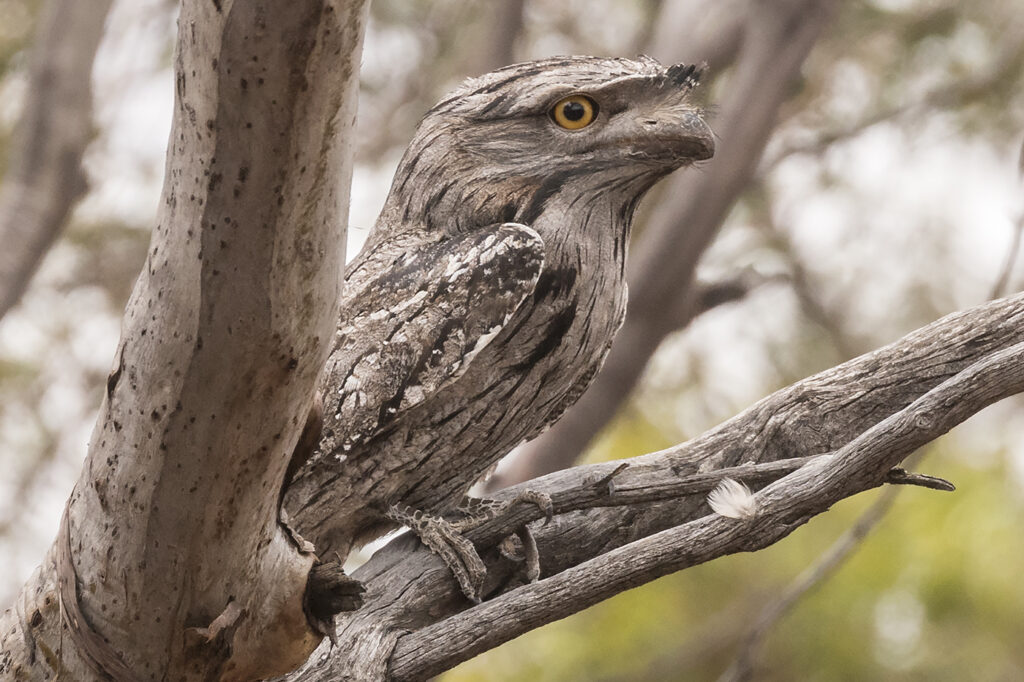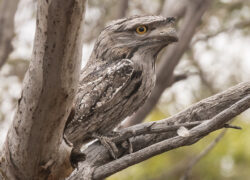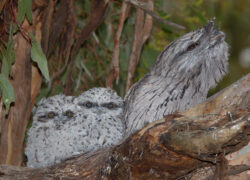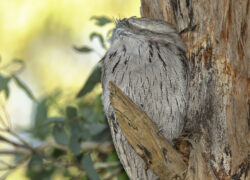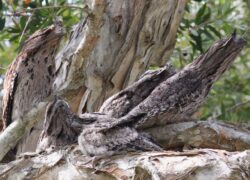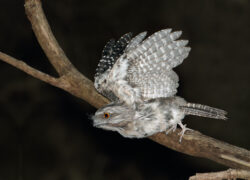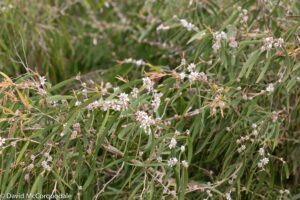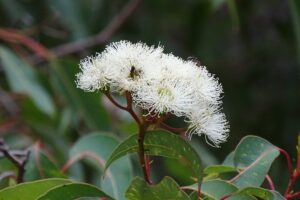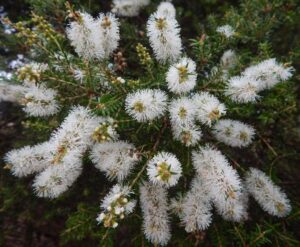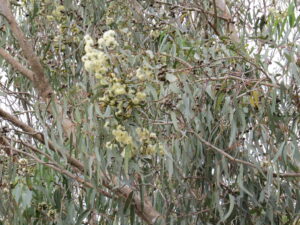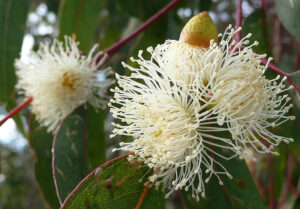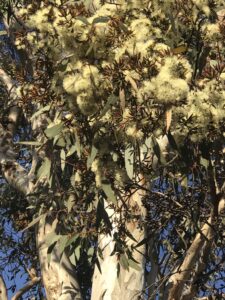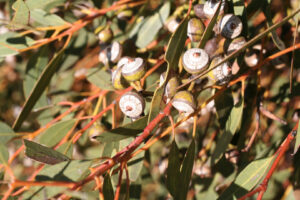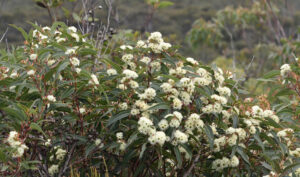Tawny Frogmouth
Kambany are masters of disguise. They pair for life and nest in large trees.
Noongar Names: Kambany
Scientific Name: Podargus strigoides
Conservation Status: Least concern (declining population)
Threats: Habitat loss, cat predation, potentially rodenticides
Will they visit?: Tawny Frogmouths visit home gardens located near parks and reserves
Natural Distribution: Common and widespread throughout the South West and Perth region
- ‘Tawny Frogmouth (C)Gunther Frensch 2016 birdlifephotography.org.au’
- ‘Tawny Frogmouth (C)William Betts 2017 birdlifephotography.org.au (2)’
- ‘Tawny Frogmouth (C)Trevor Wood 2011 birdlifephotography.org.au’v
- ‘Tawny Frogmouth (C)Stephen Garth 2020 birdlifephotography.org.au’
- Tawny-Frogmouth-CNoeline-Karlson-2014-birdlifephotography.org_.au
- ‘Tawny Frogmouth (C)Jill Wilson 2017 birdlifephotography.org.au’
- ‘Tawny Frogmouth (C)Harry Charalambous 2018 birdlifephotography.org.au’
Habitat at a Glance
See Habitat Guide for more detail
Shelter: In forks of tree branches
Diet: Invertebrates and small animals including frogs, lizards, and mice
Water: Bird baths and frog ponds
ReWild Benefit: Pest control
Habitat Guide - Shelter
Habitat Guide - Food and Water
ReWild Benefits
Tawny Frogmouths help to control pest species within the ecosystem. Visit BirdLife Australia to learn more about our native birds. If you have seen one in your neighbourhood or around the home you can record your sighting on Birdata and help scientists monitor their population.

